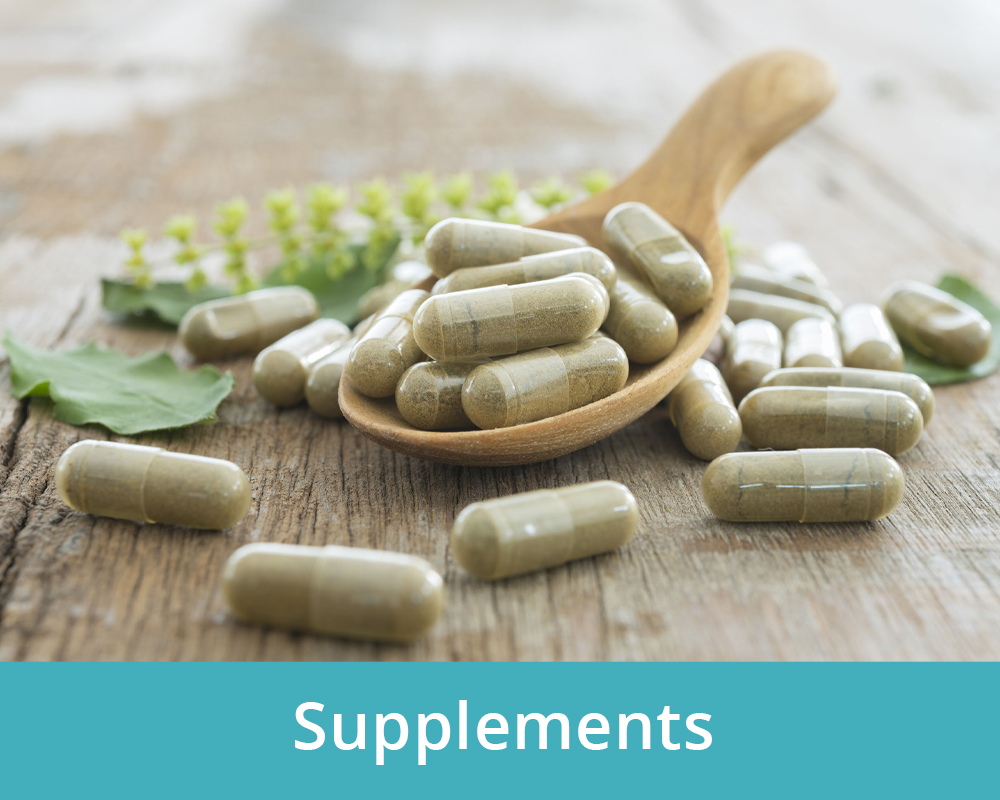
The human brain requires a huge amount of energy to function efficiently. After a traumatic brain injury, the brain requires even more energy to allow repair to occur. Following a brain injury one major key to recovery is to promote neuroplasticity – that is, enabling the brain to make new connections and pathways to regain function.
Nutrition is often overlooked as a factor that can either support or hinder brain injury recovery, depending on an individual’s eating habits. We know there are specific compounds in foods that effect the production of Brain-Derived Neurotropic Factor (BDNF), which is a protein in the family of growth factors that is produced by the human body and plays an integral role in the survival and growth of brain cells.¹ BDNF contributes to the plasticity of neurons, which is essential for recovery, learning and memory.
Let’s look more closely at how food can support or hinder brain injury recovery!
Top 2 Foods To Avoid Post-Brain Injury
These Foods Reduce Neuroplasticity
1. Alcohol
We’ve probably all heard the adage that “alcohol kills brain cells”. The science is a bit more complicated than that, but it’s true that even moderate alcohol intake can decrease neuroplasticity as well as increasing inflammation within the brain.² This is important to know because sustained inflammation within the brain leads to further damage and impairments in cognitive function.
2. Sugar
Sugar increases inflammation and oxidative stress (an imbalance of free radicals and antioxidant in the body that can lead to tissue damage). Diets high in refined sugar down-regulate several key factors needed for brain function and repair including neurotransmitters. A diet high in refined sugars also impairs the gut microbiome (the bacteria and fungi that live in our guts), which directly impacts the brain via the gut-brain axis. Put plainly, anything damaging the gut is also harming the brain, and vice versa.³
Top 4 Foods To Consume Post-Brain Injury
These Foods improve Neuroplasticity
1. Berries
Berries as a group are high antioxidants and known for their protective effects. The antioxidants present in berries can help protect the brain from secondary damage and functional decline, as well as reduce inflammation.
2. Egg Yolk
Egg yolk is high in the nutrient choline, which is an essential component of all cell membranes and especially critical for communication between brain cells. Choline has neuroprotective effects and promotes rapid repair of damaged cells – exactly what is required post-brain injury!4
3. Non-starchy vegetables
Caloric restriction may benefit individual’s post-brain injury as their body focuses on recovery. In fact, research shows that calorie restriction has beneficial effects on brain plasticity and neuronal vulnerability to injury and can stimulate production of BDNF.5 As such, vegetables like kale, broccoli, asparagus, celery, or cucumber, that provide dense nutrition and satiety without an abundance of calories should be considered as the base of an individual’s diet.6
4. Oily Fish
One of the most important and well-researched dietary factors that relates to brain health is fish-derived Omega 3 fatty acids. Not only do Omega 3 fats assist in reducing inflammation within the brain and helping to prevent secondary damage, but DHA (one specific Omega 3 fat) is known to facilitate brain cell recovery and the development of new brain pathways post-injury.7
If you or someone you know has suffered a traumatic brain injury, please consider the significant positive impact that changes in nutrition can have on recovery. A skilled dietitian or nutritionist, like those at Koru Nutrition, can help you navigate what dietary changes are best for you, and provide you with the tools and skills to implement new habits. Get in touch by email or book a session now, we’re here to help!
References:
¹ https://www.ncbi.nlm.nih.gov/pmc/articles/PMC4697050/
² https://www.ncbi.nlm.nih.gov/pmc/articles/PMC4342330/
³ https://www.ncbi.nlm.nih.gov/pmc/articles/PMC6025245/
4 https://www.ncbi.nlm.nih.gov/books/NBK209327/
5 https://link.springer.com/article/10.1385/JMN:16:1:1





